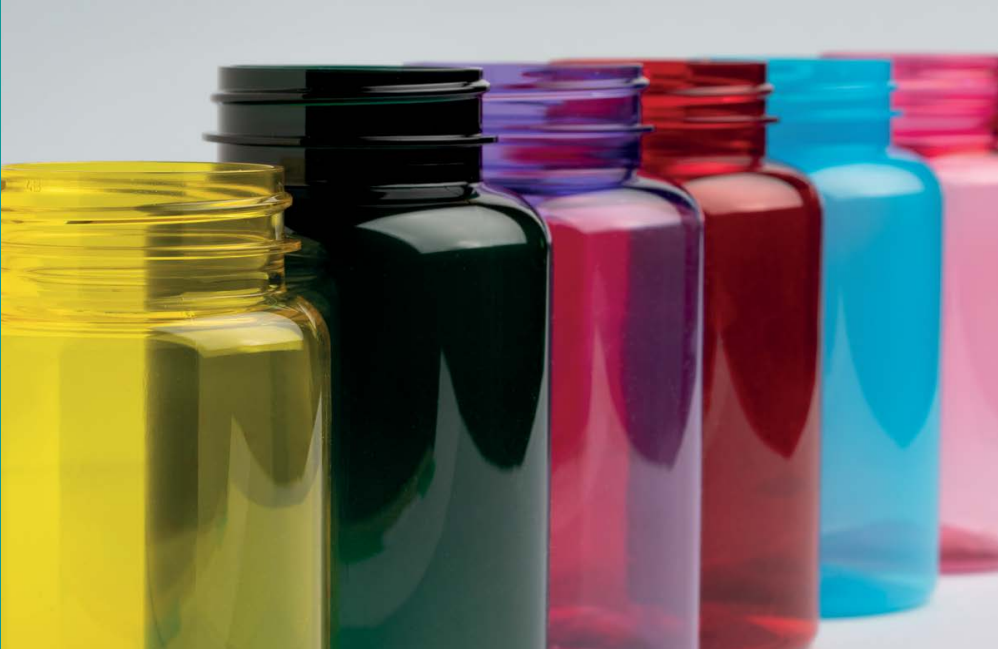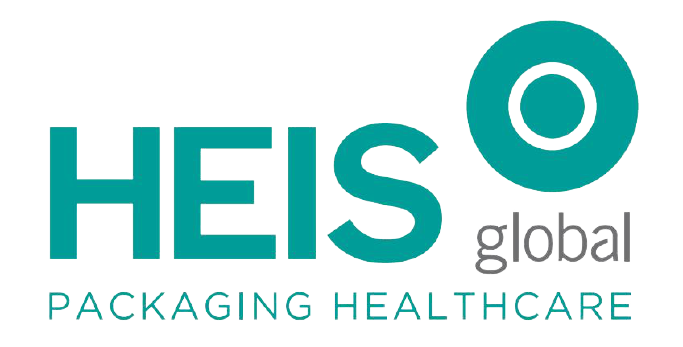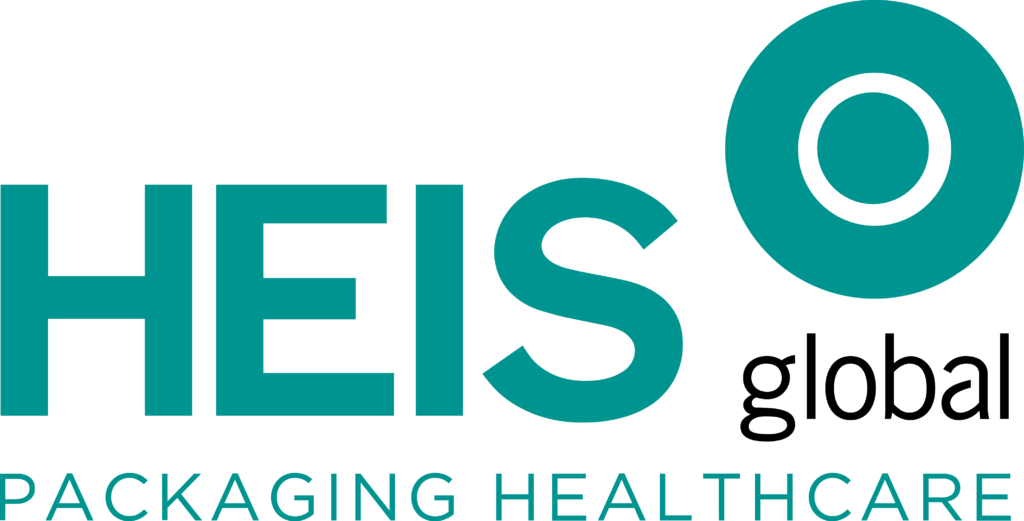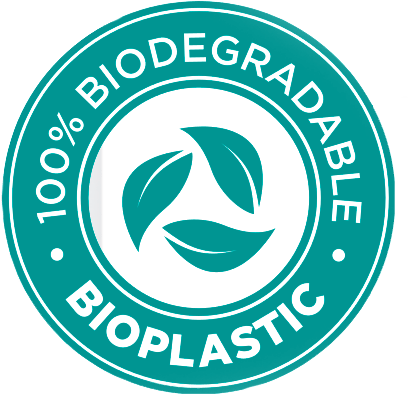
Introduction
In an era marked by a growing awareness of environmental issues and a pressing need for sustainable practices across all industries, the pharmaceutical sector is no exception. The packaging of bottles and pill jars in the pharma industry plays a crucial role not only in ensuring product safety and efficacy but also in contributing to a more sustainable future. Enter RPET, a sustainable solution that is making waves in the pharmaceutical packaging industry, promising a greener and more eco-friendly approach. In this article, we’ll delve deep into the world of sustainable RPET materials, exploring their benefits, applications, and how they are transforming the pharmaceutical packaging landscape.
Understanding RPET Material
RPET, or Recycled Polyethylene Terephthalate, is a polymer material derived from the recycling of PET (Polyethylene Terephthalate) plastic. PET is commonly used in single-use plastic bottles, food containers, and packaging materials. The recycling process involves collecting, cleaning, and processing post-consumer PET items into RPET material, which can then be used in a variety of applications, including pharmaceutical packaging.
The Benefits of RPET in Pharmaceutical Packaging
- Environmental Sustainability
One of the primary benefits of using RPET in pharmaceutical packaging is its contribution to environmental sustainability. By diverting plastic waste from landfills and incineration, RPET helps reduce the carbon footprint associated with traditional plastics. Additionally, the production of RPET consumes less energy and results in lower greenhouse gas emissions compared to virgin PET production, making it a more sustainable choice.
- Resource Conservation
RPET material reduces the demand for new petroleum resources, which are traditionally used in the production of virgin PET. This resource conservation is a significant step towards reducing our dependence on fossil fuels, and it aligns with global efforts to combat climate change.
- Improved Recycling Rates
The use of RPET in pharmaceutical packaging can help promote recycling programs by creating a market for recycled PET materials. This, in turn, encourages consumers to recycle their plastic products, further reducing the environmental impact of plastic waste.
Applications in Pharmaceutical Packaging
- Bottles and Containers
Pharmaceutical companies are increasingly turning to RPET for the production of bottles and containers. RPET bottles are durable, lightweight, and provide excellent barrier properties, making them ideal for storing liquids, tablets, and capsules. Moreover, the transparency and clarity of RPET allow for easy inspection of the contents, which is crucial in pharmaceutical packaging.
- Pill Jars
Pill jars are essential for safely storing and dispensing medications. RPET pill jars are not only eco-friendly but also offer excellent chemical resistance, protecting the integrity of the medications they hold. Furthermore, the airtight seals of RPET pill jars prevent contamination and ensure the longevity of pharmaceutical products.
Innovations in RPET Technology
As the pharmaceutical industry continues to evolve, so does the RPET technology used in packaging. Manufacturers are investing in research and development to enhance the properties of RPET, making it even more suitable for pharmaceutical applications.
- Barrier Coatings
Incorporating barrier coatings into RPET packaging can extend the shelf life of pharmaceutical products by preventing oxygen and moisture from permeating the packaging. This innovation ensures the stability and efficacy of medications, particularly for sensitive formulations.
- Thermoforming and Injection Molding
Advancements in thermoforming and injection molding technologies have allowed for the creation of complex and customized pharmaceutical packaging designs using RPET. This flexibility enables pharmaceutical companies to create unique, branded packaging solutions that stand out on the market.
Regulatory Compliance and Safety
Pharmaceutical packaging must meet stringent regulatory requirements to ensure the safety and efficacy of medications. RPET materials used in the pharmaceutical industry are rigorously tested and compliant with the necessary regulations, including those related to food-contact materials.
Conclusion
The adoption of sustainable RPET materials in pharmaceutical packaging is a significant step towards achieving a greener, more environmentally responsible future. RPET offers numerous benefits, including environmental sustainability, resource conservation, and improved recycling rates. Its applications in bottles, containers, and pill jars have revolutionized pharmaceutical packaging while also encouraging innovation in the industry.
As pharmaceutical companies continue to prioritize sustainability and invest in eco-friendly solutions, RPET is expected to play an increasingly crucial role in the industry’s future. Through continued research, innovation, and collaboration, the pharmaceutical sector can work towards a more sustainable and environmentally friendly approach to packaging, contributing to a healthier planet for all.


